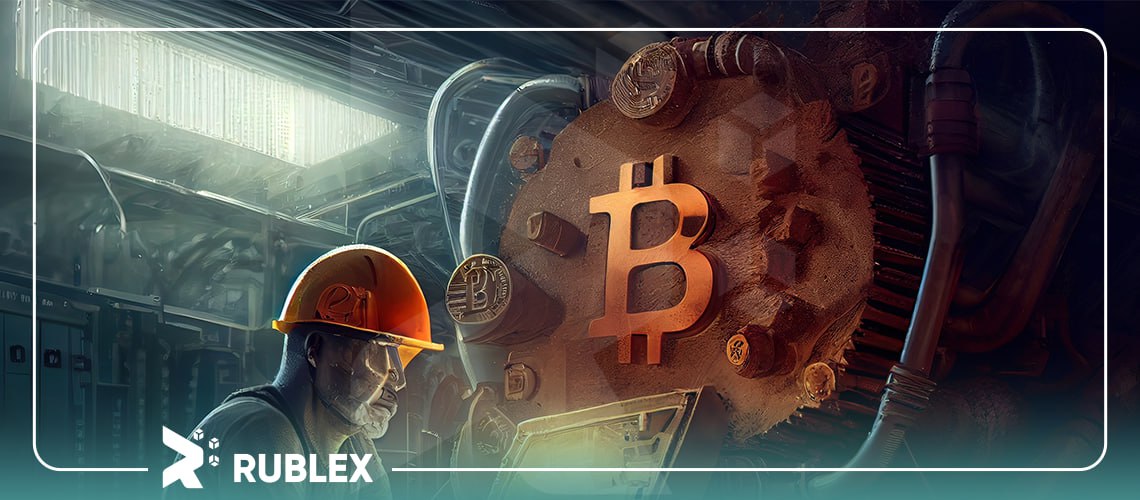Cryptocurrency miners are embarking on new business avenues, capitalizing on their expertise to offer high-performance technology services to artificial intelligence (AI) companies, thereby bolstering their revenue streams.
A recent analysis by JP Morgan reveals a strategic shift among crypto-focused mining enterprises. These mining firms are diversifying their operations to encompass high-performance computing, thereby reducing their reliance solely on cryptocurrency mining.
While Bitcoin (BTC) miners are at the forefront of this transition, the trend extends to other digital asset miners such as Ethereum (ETH), contributing to the surge in these transformations.
The Ethereum Merge, which marked the network’s shift to a Proof-of-Stake blockchain, prompted miners to sell their previously utilized high-powered hardware in the secondary market. This influx of hardware supply led to a slight decrease in prices.
While many miners pivoted away from the industry, some chose to retain their equipment for mining other Proof-of-Work (POW) assets, although the profitability of these ventures paled in comparison to mining Ether.
Nikoloas Panigirtzoglou, an analyst at JP Morgan, asserts that the realm of artificial intelligence has introduced a new chapter for former Ethereum miners. The burgeoning demand for high-performance computing has emerged as a potentially more lucrative avenue for repurposing GPUs that were once dedicated to Ether mining.
Panigirtzoglou stated, “With the rapid growth of AI, the increased demand for high-performance computing is now opening a new and perhaps more profitable avenue for utilizing GPUs previously used for ether mining.”
To align with this diversification trend, several mining firms have rebranded themselves. For instance, Riot Blockchain has transformed into Riot Platforms, and Hive Blockchain Technologies now operates under the name Hive Digital Technologies.
The pivot to AI-driven ventures is driven by enhanced profitability. The research report highlights that mining firms have initiated beta tests by offering High-Performance Computing (HPC) services to other companies, utilizing a portion of their equipment for this purpose. Preliminary results from these tests suggest that providing HPC services to AI firms could yield greater profits compared to Bitcoin mining, partly due to the latter’s energy-intensive nature.
The report underscores that if the promising profitability observed in beta tests scales up, it could potentially overshadow the current revenues generated from Bitcoin mining.
The crypto industry’s challenging phase in 2022, known as the “crypto winter,” also served as a catalyst for diversification. Amidst significant value declines—Bitcoin and Ethereum lost over 55% of their values—mining operations were strained. This led to the phenomenon termed “miners in the woods,” prompting miners to liquidate their BTC holdings and explore alternate avenues for sustainability.
#Crypto miners are working to diversify their operations amid the bear market. At the same time, the current market reveals who has been conservative and who has been ‘apeing’ in.
— Cryptonews.com (@cryptonews) June 16, 2022
Read more 👇https://t.co/w4w4lizfyJ
The current year’s market revival has provided a fresh lease of life for miners, bolstered further by the promising prospects of the Securities and Exchange Commission (SEC) granting approval for a spot Bitcoin ETF. Such an approval is anticipated to exert a favorable influence on asset prices.
In a recent report, JP Morgan highlighted the forthcoming Bitcoin halving scheduled for 2024, emphasizing its potential as a stress test for the industry. The halving event entails a reduction in issuance rewards from 6.25 to 3.125 BTC, leading to a decrease in miners’ revenue. This, in turn, contributes to an augmentation of Bitcoin’s production cost.





